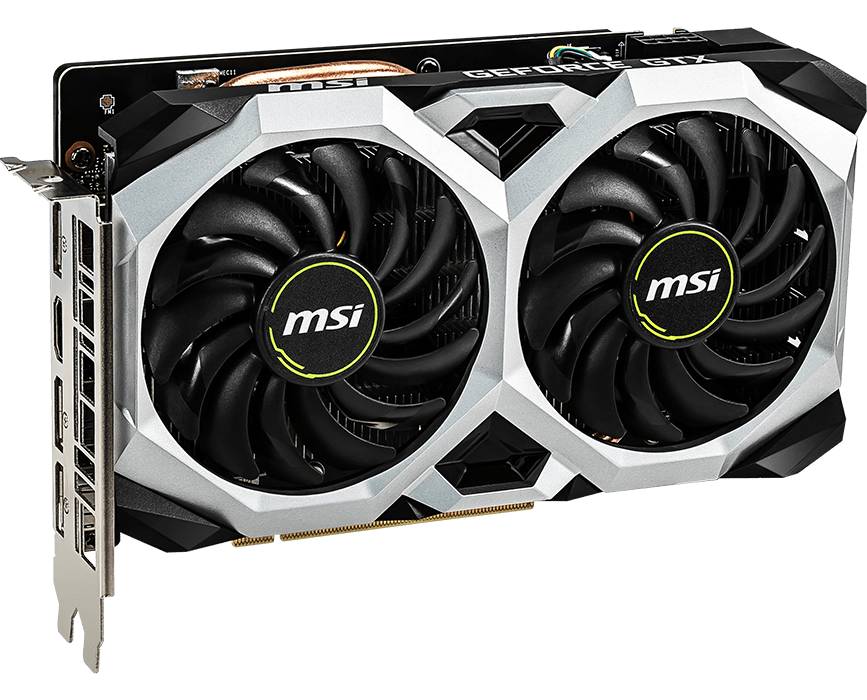- Messages
- 9,905
- Name
- Graham
- Edit My Images
- Yes
Delving deep here but I was wondering for those who have built their own cases, have you got it setup for positive or negative air pressure? (or the holy grail of neutral).
Also, what kind of airflow setup have you found works best?
One area I'm not sure about is my side fan which is set up as an exhaust to pull the hot air from the MSI 1660 Super. I'm not sure if that's an exhaust at the rear of the card (where the ports are), I don't feel any airflow coming out of it. At the moment I've got my side case exhaust fan directly over that copper part of the heat sink, the theory being that the card's fans are pushing the hot air out from here, which will then be pulled out of the case by my side exhaust fan.

Also, what kind of airflow setup have you found works best?
One area I'm not sure about is my side fan which is set up as an exhaust to pull the hot air from the MSI 1660 Super. I'm not sure if that's an exhaust at the rear of the card (where the ports are), I don't feel any airflow coming out of it. At the moment I've got my side case exhaust fan directly over that copper part of the heat sink, the theory being that the card's fans are pushing the hot air out from here, which will then be pulled out of the case by my side exhaust fan.


